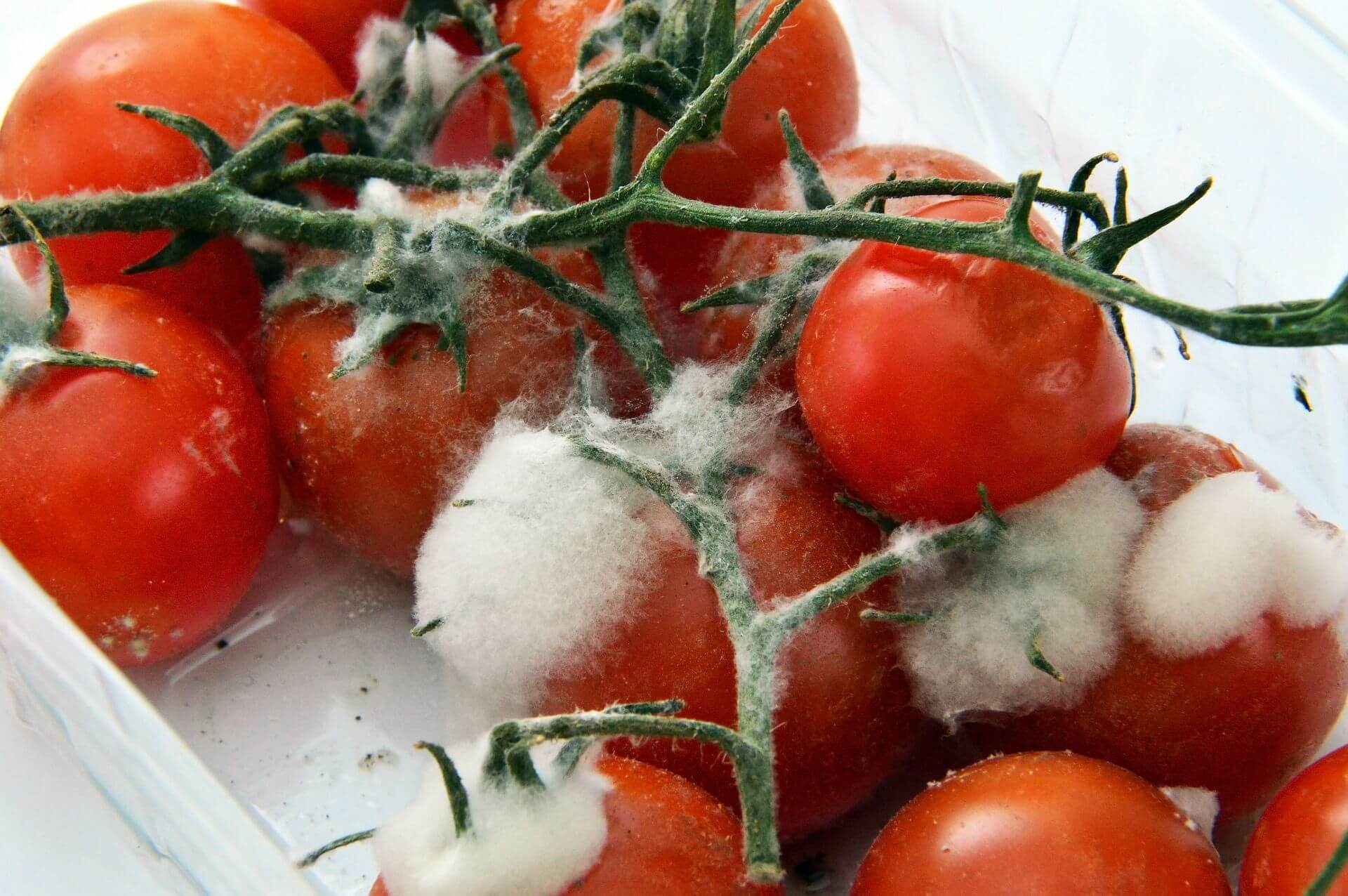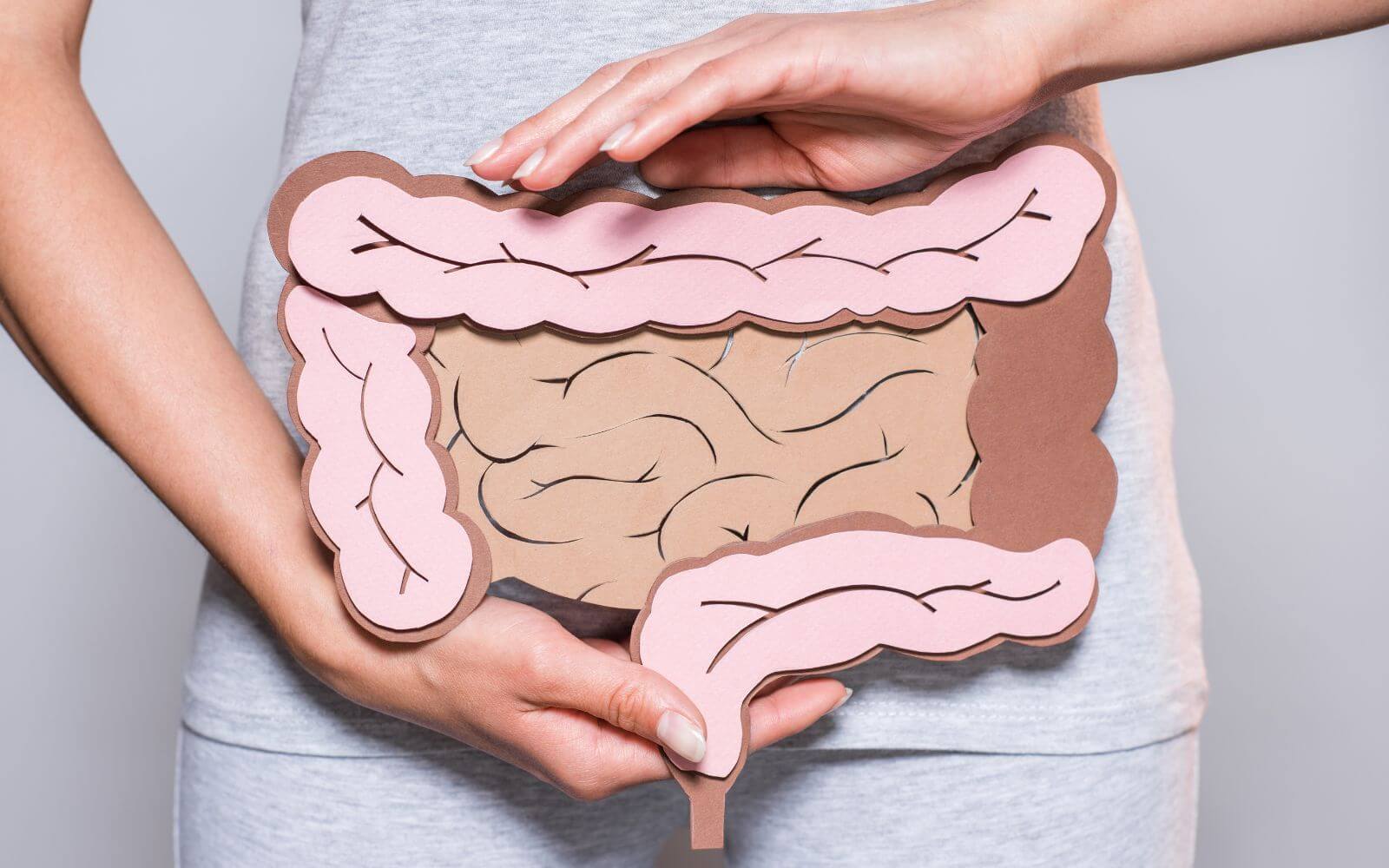
Mycotoxins – Invisible Danger to Humans and Animals
Mycotoxins are secondary metabolic products and are formed by mold. Especially in food and animal feed, they are undesirable because of their diverse toxicological properties. We offer a wide range of different reference substances for the analysis of mycotoxins.
Mycotoxins are a well-known problem, especially in agriculture, because they preferentially attack oats, wheat, soy, rice and maize. But nuts, dried fruit, spices and coffee can also be affected.
Today we know that over 250 types of mold can produce the dangerous mycotoxins. They play a big role in food and animal feed.
Known mycotoxins include:
- Ergot alkaloids:
are mainly formed on rye, but also on wheat, barley and oats - Aflatoxins:
are mainly formed in warmer climates on high-fat, plant-based products, for example peanuts, pistachios and other types of nuts as well as corn - Patulin
preferably found in apples or products made from apples - Fusarium toxins
are made especially on corn - Ochratoxins
are found mainly in grains, pulses, coffee, beer, grape juice, raisins and wine, cocoa products, nuts and spices. - Alternaria toxins
can attack grain, oilseeds, tomatoes, apples and olives, for example.
Small amounts – fatal consequences
Mycotoxins pose a great danger to both humans and animals. The consumption of contaminated food can cause either acute poisoning or – and this is particularly insidious – chronic diseases. Even small amounts in low concentrations can have far-reaching consequences. In humans and animals, for example, organ damage to the heart, kidney or liver occurs. Growth and fertility disorders are particularly common in animals. Mycotoxins can also attack the genetic makeup and be carcinogenic.
By the way: Mycotoxins remain intact even at high temperatures caused by cooking or baking. As part of consumer protection, limit values have therefore been set in many countries.
Mycotoxin analysis makes the danger visible
Mold formation and the associated production of mycotoxins depend on the respective environmental conditions – both in the field and later, during storage. Depending on where they originate, they can be divided into field and storage mushrooms. However, they all have one thing in common: Mycotoxins are so stable compounds that they can hardly be removed from food and animal feed afterwards.
It is all the more important to identify the toxins using the mycotoxin analysis. The big challenge: Mycotoxins can be distributed very heterogeneously in the respective product. For example, if the product to be tested is a type of grain, the test procedure is still relatively simple. However, it becomes more difficult with more complex products, such as spices or animal feed, which consist of several ingredients. The choice of the right test method determines the success of the analysis result.
We are happy to support you with our wide range of test systems for mycotoxin analysis.





 4c media
4c media